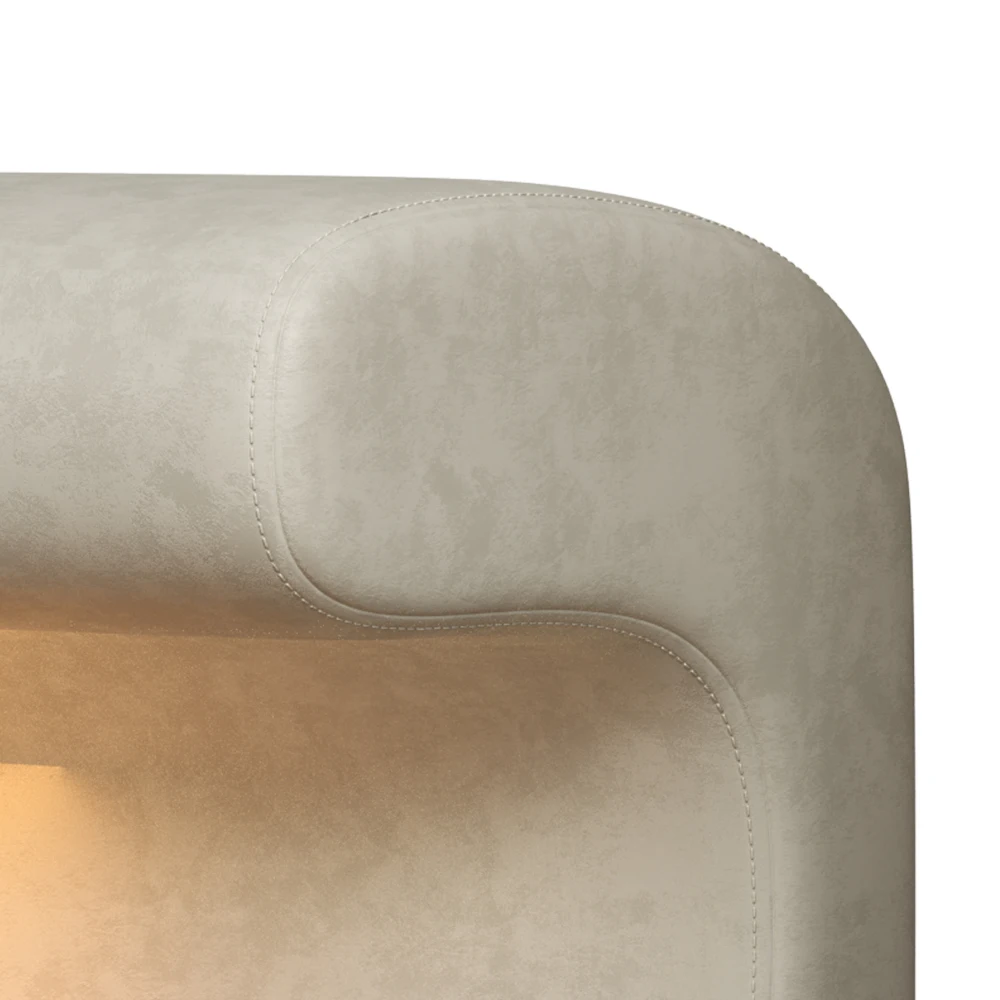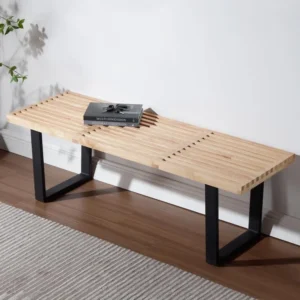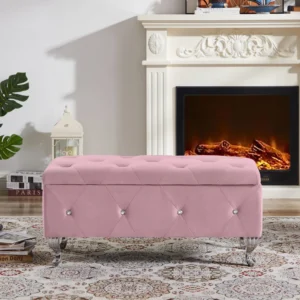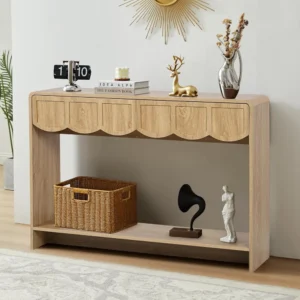Understanding Clean Lines: Creating an Impactful First Impression
Your entryway is more than just a transition space—it’s the first impression of your home and sets the tone for what lies beyond. When decorated with clean lines, this space can transform from a simple pass-through area into a stunning introduction to your living space.
But what exactly does “clean lines” mean in interior design? At its core, this aesthetic embraces simplicity, intentional design choices, and an uncluttered approach. Clean-lined spaces feature geometric shapes, minimal ornamentation, and a focus on function without unnecessary embellishments. It’s about creating visual harmony through straightforward forms rather than elaborate details.
Clean Lines Defined: An interior design approach featuring simple, uninterrupted contours, minimal ornamentation, and geometric forms that create a sense of visual clarity and calm.
The psychological benefits of embracing clean lines in your entryway are significant. Research suggests that simplified spaces can reduce visual chaos, creating a calming atmosphere that helps transition from the busy outside world to the sanctuary of home. These spaces are also inherently easier to maintain and clean, adding practical advantages to their aesthetic appeal.
Clean-lined design has evolved from mid-century modern influences, where function dictated form, to today’s contemporary interpretations that blend minimalism with warmth. Understanding the fundamental principles behind minimalist entryway furniture helps establish the foundation for creating truly impactful spaces.
The difference between clean-lined design and more traditional approaches is immediately visible. While ornate, traditional entryways might feature carved details, complex patterns, and multiple decorative elements, clean-lined spaces let a few well-chosen pieces make a statement through their form and function. This simplified approach doesn’t mean boring—it means each element has purpose and beauty in its simplicity, as seen in many modern entryway furniture ideas that emphasize form and function.
Core Design Principles for Clean-Lined Entryways
Creating an entryway with clean lines requires understanding several fundamental design principles that work together to achieve this refined aesthetic.
Minimalism and Clean Lines
While minimalism and clean lines often overlap, they’re not identical concepts. Minimalism focuses on reducing possessions to the essential, while clean-lined design emphasizes the actual forms and shapes used. A clean-lined entryway might still contain several items, but each will feature simple, uninterrupted contours. Effective minimalist entryway organization combines both approaches, creating spaces that are both visually clean and functionally minimal.
Form and Function Balance
In clean-lined entryways, every item should serve a clear purpose. This doesn’t mean sacrificing beauty for utility—rather, the beauty emerges from the thoughtful functionality. A bench isn’t just for sitting; its simple form creates visual interest while offering practical seating and potential storage.
Negative Space as Design Element
One of the most overlooked aspects of clean-lined design is the intentional use of emptiness. Negative space isn’t just “leftover” areas—it’s deliberately planned breathing room that:
– Creates visual balance
– Highlights key pieces
– Allows the eye to rest
– Enhances the sense of order
Unbroken Contours and Geometric Shapes
Clean-lined entryways feature furniture and accessories with smooth, uninterrupted lines. Look for:
– Straight edges without ornate details
– Simple geometric forms (rectangles, circles, squares)
– Furniture that appears to be made of single, continuous pieces
– Minimal hardware that doesn’t interrupt the visual flow
Deliberate Symmetry and Asymmetry
Clean-lined spaces can employ either balanced symmetry or intentional asymmetry, but the key is that either choice feels deliberate. Symmetry creates a sense of order and formality, while strategic asymmetry can add visual interest without appearing cluttered.
Material and Color Cohesion
For a truly clean-lined look, maintain consistency in materials, finishes, and color palette. This doesn’t mean everything must match exactly, but there should be a clear relationship between elements. Limiting the palette to 2-3 main materials and a controlled color scheme enhances the sense of intentional design.
Essential Furniture Elements for Clean-Lined Entryways
The furniture you select forms the foundation of your clean-lined entryway. Each piece should combine form and function while adhering to simple, uncluttered design principles.
Console Tables
The console table often serves as the anchor piece in an entryway. For clean-lined spaces, look for:
- Sleek profiles with minimal thickness (typically 1-2 inches for tops)
- Waterfall edges where the surface appears to flow seamlessly into the legs
- Floating designs with hidden mounting systems for a weightless appearance
- Simple storage solutions like single drawers without visible hardware
Materials like glass, polished concrete, or wood with subtle grain patterns enhance the clean aesthetic. Ideal heights range from 28-34 inches, with depths between 12-16 inches to maintain proportion without obstructing passage.
Benches and Seating
A well-designed bench can provide both functionality and style in your entryway. Modern entryway benches that exemplify clean lines typically feature:
- Platform or slab-style seating with minimal visual support
- Straight, simple legs without turned details or excessive angles
- Cushions (if present) with clean edges and minimal tufting
- Hidden storage compartments that maintain the unbroken exterior form
For proper proportion, look for benches with heights between 16-19 inches and depths of 15-18 inches, creating comfortable seating without overwhelming the space.
Wall-Mounted Solutions
Wall-mounted elements are particularly effective in clean-lined entryways as they:
– Eliminate visual clutter at floor level
– Create a floating appearance that enhances spaciousness
– Provide functionality without bulky furniture footprints
Consider floating shelves with hidden brackets, minimalist coat hooks in simple geometric shapes, and streamlined key holders that function as subtle wall art.
Storage Furniture
When additional storage is needed, entryway bench storage solutions can maintain clean lines through:
- Cabinet designs with flat panel doors (no raised panels or ornate details)
- Push-to-open mechanisms that eliminate the need for visible handles
- Flush detailing where doors and drawers sit perfectly aligned with the cabinet face
- Simple interior organization systems that maintain the clean aesthetic even when opened
For materials, consider natural wood with straight grain patterns, matte-finished metals, or lacquered surfaces that emphasize the clean forms without distracting details.
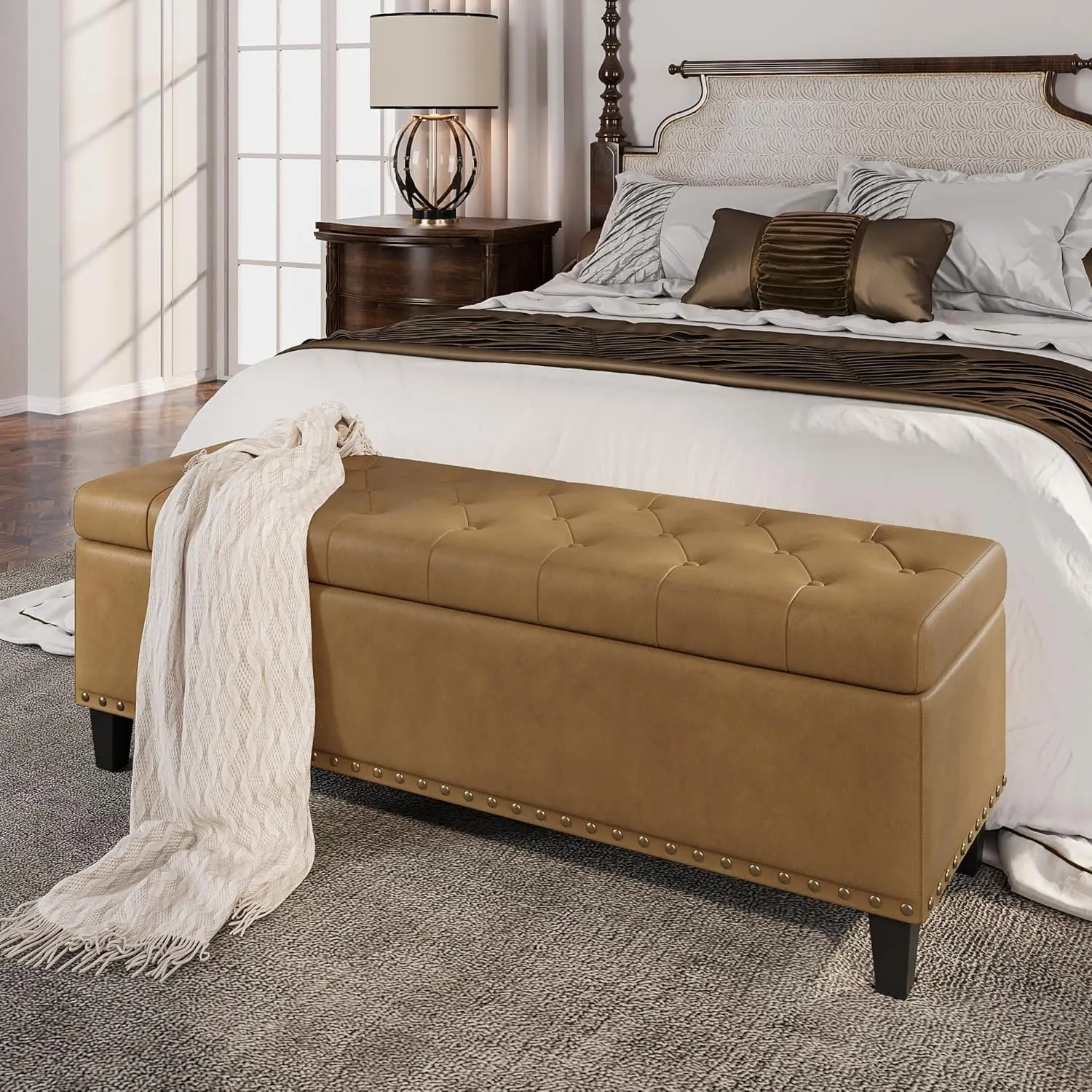
Strategic Lighting for Clean-Lined Entryways
Lighting plays a crucial role in enhancing the clean lines of your entryway. The right fixtures not only provide necessary illumination but also reinforce your design aesthetic through their form and function.
Pendant Lighting Options
When selecting pendant lights for a clean-lined entryway, focus on:
– Simple geometric shapes (spheres, cylinders, discs)
– Clear glass designs that don’t interrupt visual flow
– Minimalist metal fixtures with matte or brushed finishes
– Integrated LED options that eliminate bulky bulb housings
For proper installation, hang pendant lights approximately 7 feet from the floor in standard-height entryways, or 24-30 inches above console tables to create proper visual balance.
Wall Sconces
Wall-mounted lighting offers both functionality and design impact:
– Clean silhouettes that hug the wall without protruding excessively
– Integrated LED options that eliminate visible bulbs
– Directional lighting with simple forms to highlight art or architectural features
– Paired installations for symmetrical balance flanking mirrors or doorways
Mount sconces at approximately 5-6 feet high, spaced 6-8 feet apart for optimal light distribution that enhances rather than overwhelms the space.
Recessed Lighting
For unobtrusive illumination that maintains ceiling clean lines:
– Install simple, trimless recessed lights for a seamless ceiling appearance
– Arrange in a grid pattern for general illumination or strategically to highlight features
– Consider adjustable options that can be redirected without disrupting clean ceiling lines
– Choose consistent light temperatures (3000-3500K) for a warm yet clear quality of light
Table Lamps
If your entryway includes a console table with sufficient space:
– Select lamps with sculptural bases in simple forms
– Choose shades with clean edges (drum or rectangular shapes)
– Ensure proportional sizing (total lamp height approximately 1.5x the table height)
– Consider the balance between the lamp and other essential furniture for minimalist entryways
The key to successful lighting in clean-lined entryways is layering different sources while maintaining visual simplicity. This creates depth and functionality without visual clutter.
Color Strategies for Entryways with Clean Lines
Your color palette is a powerful tool in establishing and enhancing clean lines in an entryway. The right color choices can emphasize architectural features, create visual calm, and tie your design elements together.
Neutral Foundations
A neutral base palette provides the ideal canvas for clean-lined design:
– Various whites (from bright white to soft cream) create a sense of openness
– Warm and cool greys offer sophistication without overwhelming the space
– Soft blacks provide definition and contrast when used strategically
– Taupe and greige (grey-beige blends) add subtle warmth while maintaining simplicity
These neutrals allow the forms and lines of your furniture and architecture to take center stage without color competition.
Monochromatic Schemes
Using varying shades of a single color creates subtle depth while maintaining visual simplicity:
– Light to dark blue gradations (from pale sky to navy) for a serene, cohesive look
– Varying grey tones from silver to charcoal for sophisticated minimalism
– Ranges of warm neutrals from cream to caramel for inviting warmth
This approach eliminates the visual complexity of multiple colors while still creating visual interest through tonal variation.
Strategic Accent Colors
Introducing color accents requires restraint to preserve clean lines:
– Limit bold colors to 1-2 carefully chosen accents
– Select muted or dusty versions of colors rather than intense primary hues
– Use color blocking with clean edges rather than busy patterns
– Consider colors found in nature (sage green, terracotta, slate blue) for grounded elegance
High-Contrast Approaches
For dramatic yet clean impact, consider high-contrast combinations:
– Black and white for timeless graphic appeal
– Charcoal and light grey for sophisticated contrast
– Navy and cream for a softer high-contrast option
When using high-contrast palettes, maintain simplicity in other elements to preserve the clean aesthetic.
The 60-30-10 Rule Adapted
This classic design principle works well for clean-lined spaces when adjusted to emphasize simplicity:
– 60% dominant color (typically a light neutral for walls and large surfaces)
– 30% secondary color (medium-toned color for larger furniture pieces)
– 10% accent color (brighter or darker color for small accessories or details)
This balanced approach creates interest without overwhelming the clean-lined aesthetic.
Material Selection for Enhanced Clean Lines
The materials you choose significantly impact how successfully your entryway achieves a clean-lined look. Thoughtful material selections emphasize simplicity while adding texture and interest.
Natural Woods
Wood brings warmth and organic appeal to clean-lined spaces:
– Light oak offers Scandinavian-inspired minimalism with subtle grain
– Walnut provides rich, sophisticated depth with straight grain patterns
– Ash combines the lightness of oak with more distinctive grain for subtle texture
– Maple delivers an exceptionally smooth, uniform surface ideal for clean forms
Look for solid pieces with minimal knots and consistent grain direction to emphasize the uninterrupted lines of your furniture, particularly in simple bench styles with minimal decor.
Metals
Metal elements add definition and visual interest:
– Matte black creates dramatic linear elements without shine distraction
– Brushed nickel offers subtle warmth and industrial appeal
– Brass or chrome provides reflective properties that enhance light while maintaining clean forms
– Powder-coated steel in neutral tones combines durability with color flexibility
Consider metal as both structural elements (table legs, chair frames) and accents (hardware, lighting fixtures) that define edges and transitions.
Glass and Acrylic
Transparent materials maintain visual openness:
– Clear glass for console tops creates the illusion of floating surfaces
– Frosted glass provides privacy while preserving light flow
– Acrylic furniture seems to disappear, reducing visual weight
– Glass panel inserts in doors or dividers maintain sightlines while defining spaces
These materials are particularly valuable in smaller entryways where visual lightness enhances spaciousness.
Concrete and Stone
For organic modern applications:
– Polished concrete offers industrial simplicity with subtle organic variation
– Marble with minimal veining provides natural elegance without busy patterns
– Limestone delivers subtle texture in neutral tones
– Terrazzo with fine aggregate creates visual interest within a controlled pattern
These materials work well for countertops, flooring, or accent pieces that ground the space.
Natural Fibers
Simple textiles add warmth without complexity:
– Flat-weave wool rugs in solid colors or subtle geometric patterns
– Linen upholstery with minimal seaming
– Cotton canvas in neutral tones for durable simplicity
– Jute or sisal for textural interest without pattern distraction
The key to successful material selection is consistency with thoughtful contrast. Limit your palette to 2-3 primary materials with 1-2 accent materials to maintain cohesion while creating interest.
Narrow entryway benches in clean-lined materials like wood or upholstered options can maximize function without overwhelming tight spaces.
Clutter-Free Storage Solutions for Clean-Lined Entryways
Maintaining clean lines requires thoughtful storage solutions that conceal everyday items while preserving the simplified aesthetic. The goal is functional organization that supports rather than detracts from your design.
Concealed Storage Principles
Hidden storage maintains visual simplicity while addressing practical needs:
– Push-to-open mechanisms eliminate the need for visible hardware
– Hidden compartments within benches provide seating and storage without visual complexity
– Drawers with fully integrated pulls (finger notches, recessed grips) preserve unbroken fronts
– Soft-close features ensure smooth operation that complements the refined aesthetic
These solutions allow functional storage without the visual interruption of traditional handles and latches.
Multi-Functional Furniture
Pieces that serve multiple purposes reduce the total number of items needed:
– Benches with shoe storage beneath seating surfaces
– Console tables with drawers for small item containment
– Mirror units with hidden jewelry or key storage behind reflective surfaces
– Wall panels that combine coat hooks, shelving, and mail organization
This approach maximizes functionality while minimizing visual complexity, particularly important in smaller spaces where minimalist benches for small entryways need to work harder.
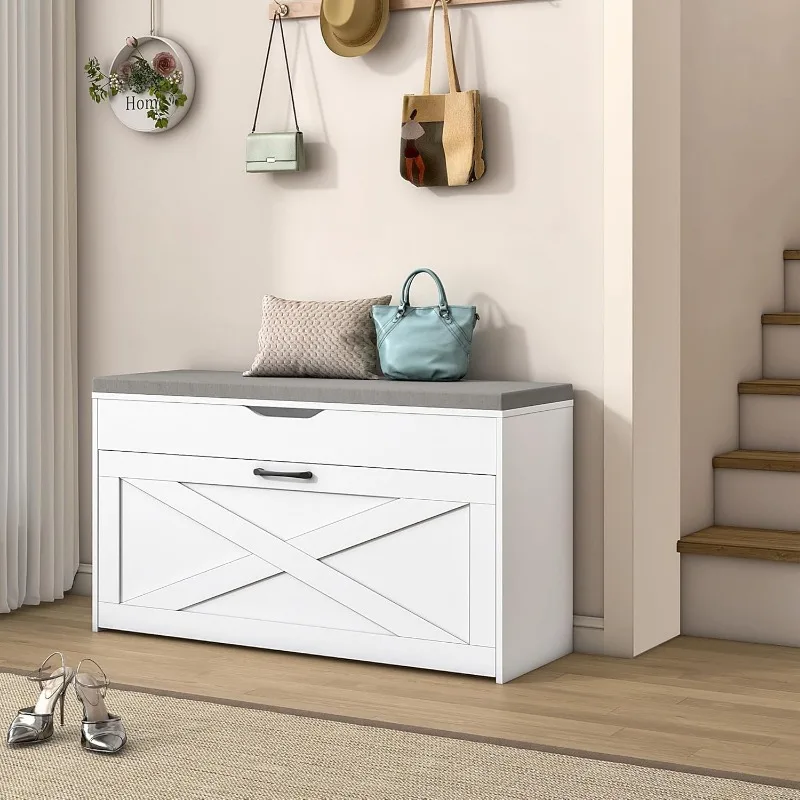
Wall Systems
Modular components create customized solutions while maintaining design integrity:
– Floating cabinets with flush doors that appear as architectural elements
– Vertical panel systems with adjustable components (hooks, shelves, cubbies)
– Slim wall-mounted shoe cabinets that project just 6-8 inches from the wall
– Hidden charging stations for electronics built into wall units
These systems utilize vertical space efficiently while preserving floor area for a sense of openness.
Baskets and Containers
Simple vessels corral items while adding textural interest:
– Rectangular baskets with clean edges for shoe and accessory storage
– Wooden trays with straight sides for mail and keys
– Canvas bins in neutral colors for seasonal items
– Lidded boxes that double as bench seating or side tables
Choose containers with geometric forms and consistent materials to maintain the clean-lined aesthetic.
The “Everything Needs a Home” Principle
Creating designated storage for every common item eliminates accumulating clutter:
– Specific hooks or racks for each family member’s outerwear
– Dedicated containers for frequent items like dog leashes, umbrellas, and bags
– Small drawer dividers for keys, sunglasses, and other pocket items
– Seasonal rotation systems that keep only current items accessible
This systematic approach ensures everything has a proper place, making maintenance of clean lines practical for everyday living.
Mirrors and Wall Decor for Clean-Lined Entryways
Wall elements contribute significantly to the clean-lined aesthetic while adding functionality and visual interest to your entryway.
Mirror Selection
Mirrors enhance space and light while maintaining simple forms:
– Frameless options with polished edges for ultimate simplicity
– Thin-framed designs in metal or wood with straight, clean edges
– Geometric shapes (rectangles, circles, ovals) without ornate details
– Full-length mirrors with minimal frames for both function and visual expansion
The ideal mirror size depends on your wall space, but generally, choose the largest mirror that fits comfortably on your wall without overwhelming adjacent elements.
Strategic Placement
Position mirrors to maximize their functional and visual impact:
– Center mirrors above console tables, allowing 4-8 inches of space between furniture and mirror
– Mount mirrors at eye level (approximately 57-65 inches from floor to center)
– Position to reflect light sources (windows, pendants) for enhanced brightness
– Use mirrors to visually expand narrow hallways by reflecting the opposite wall
Well-placed mirrors not only serve practical functions but also create the illusion of additional space, reinforcing the open feel of clean-lined design.
Wall Art Principles
When selecting art for clean-lined entryways:
– Choose large-scale simple pieces rather than busy gallery walls
– Select abstract or minimalist works with limited color palettes
– Consider black and white photography for graphic impact without color complexity
– Look for pieces with clean frames or canvas wraps that don’t add ornate details
Remember that in clean-lined spaces, less is more—one impactful piece often creates greater impact than multiple smaller works.
Statement Piece Selection
Rather than filling walls with multiple elements, select one focal point:
– An oversized mirror with architectural presence
– A single large-scale artwork with simple composition
– A wall-mounted sculpture with clean, flowing lines
– A textural panel (wood, metal, textile) with subtle pattern and consistent form
This approach creates impact while maintaining the uncluttered aesthetic that defines clean-lined design.
Entryway benches with drawers allow you to maintain clear surfaces throughout your space, further enhancing the clean look of your walls and decor.
Clean-Lined Solutions for Different Entryway Types
Different home layouts present unique challenges for creating clean-lined entryways. These targeted solutions help you adapt clean-line principles to your specific space.
Small Entryways
Maximize impact while minimizing clutter in compact spaces:
– Utilize vertical space with tall, narrow storage units (12-18 inches wide)
– Install wall-mounted furniture that preserves floor space and creates visual openness
– Choose light colors and reflective surfaces to enhance brightness and perceived size
– Employ visual tricks like matching wall and furniture colors to create a seamless appearance
In spaces under 30 square feet, every element must serve multiple purposes while maintaining simplified forms. Space-saving entryway seating solutions can transform even the smallest areas into functional, stylish transitions.
Narrow Hallway Entryways
Adapt clean-lined design to corridor-like entrances:
– Select slim-profile furniture (10-12 inches deep) that doesn’t impede passage
– Use wall sconces rather than table lamps to preserve horizontal space
– Install runner rugs (2-3 feet wide) with simple patterns to visually lengthen the space
– Create rhythm through evenly spaced elements that draw the eye forward
For hallways under 4 feet wide, prioritize function with minimal projections from walls while using light and reflection to create depth.
Open-Concept Entryways
Define entry spaces that flow directly into living areas:
– Establish zone definition through furniture groupings rather than walls
– Use anchor pieces like distinctive console tables to mark the transition point
– Maintain visual flow with consistent flooring and color palette
– Create subtle boundaries with area rugs or lighting changes
The key in these spaces is creating definition without division, using clean-lined elements to suggest boundaries while preserving openness.
Awkward Layouts
Transform challenging entryways with tailored solutions:
– Address angled walls with custom-fitted furniture with precise dimensions
– Use transitional elements like benches to bridge awkward corners
– Apply unified wall treatments (color, paneling, wallpaper) to create visual cohesion
– Transform structural obstacles into design features through intentional highlighting
With awkward spaces, simplicity becomes even more important—clean lines help minimize visual confusion in already complex architectural situations.
Entryway Bench with Back, Modern Entryway Bench, Shoe Bench for Entryway
Price range: $463.13 through $474.44 Select options This product has multiple variants. The options may be chosen on the product pageCorner Entryway Bench, Entryway Bench with Cushion, Modern Entryway Bench, Shoe Bench for Entryway
$476.34 Select options This product has multiple variants. The options may be chosen on the product pageModern Entryway Bench, Wood Entryway Bench, Wood Mudroom Bench
$497.69 Select options This product has multiple variants. The options may be chosen on the product pageEntryway Bench with Cushion, Small Entryway Bench
$466.79 Select options This product has multiple variants. The options may be chosen on the product pageFarmhouse Entryway Bench, Modern Entryway Bench
$1,514.84 Select options This product has multiple variants. The options may be chosen on the product page- Price range: $785.40 through $897.63 Select options This product has multiple variants. The options may be chosen on the product page
Integrating Clean Lines with Different Design Styles
Clean lines can complement various design aesthetics. Understanding how to blend this approach with different styles allows you to create a cohesive entryway that reflects your personal taste.
Modern
Modern design and clean lines are natural partners:
– Embrace the “form follows function” principle with purposeful minimalism
– Incorporate mid-century influences through tapered legs and organic curves
– Use bold geometric shapes as statement elements
– Select materials that emphasize technological advancement (glass, steel, engineered surfaces)
The modern approach to clean lines often features high contrast, asymmetrical balance, and a focus on horizontal and vertical planes that create visual rhythm.
Scandinavian
Scandinavian design combines clean lines with inviting warmth:
– Incorporate light woods (ash, birch, pine) with visible grain
– Add textural elements like wool, sheepskin, or linen in neutral tones
– Embrace a predominantly white palette with subtle color accents
– Select furniture with slender proportions and tapered elements
This style balances simplicity with comfort, creating clean-lined spaces that feel welcoming rather than stark.
Japandi
This fusion of Japanese minimalism and Scandinavian functionality:
– Features natural materials with visible craftsmanship
– Emphasizes asymmetry and intentional negative space
– Incorporates low-profile furniture with horizontal emphasis
– Uses a nature-inspired palette of neutrals with occasional black accents
Japandi entryways excel at creating calm transition spaces where every element has both purpose and beauty.
Transitional
Transitional style blends traditional warmth with modern clean lines:
– Combines curved elements with straight lines for balanced appeal
– Uses neutral palettes with subtle patterns and textures
– Incorporates classic materials (wood, stone) in simplified forms
– Features furniture with clean silhouettes but softer edges than strictly modern pieces
This approach works well for those who appreciate clean lines but want more warmth and familiarity than pure minimalism offers.
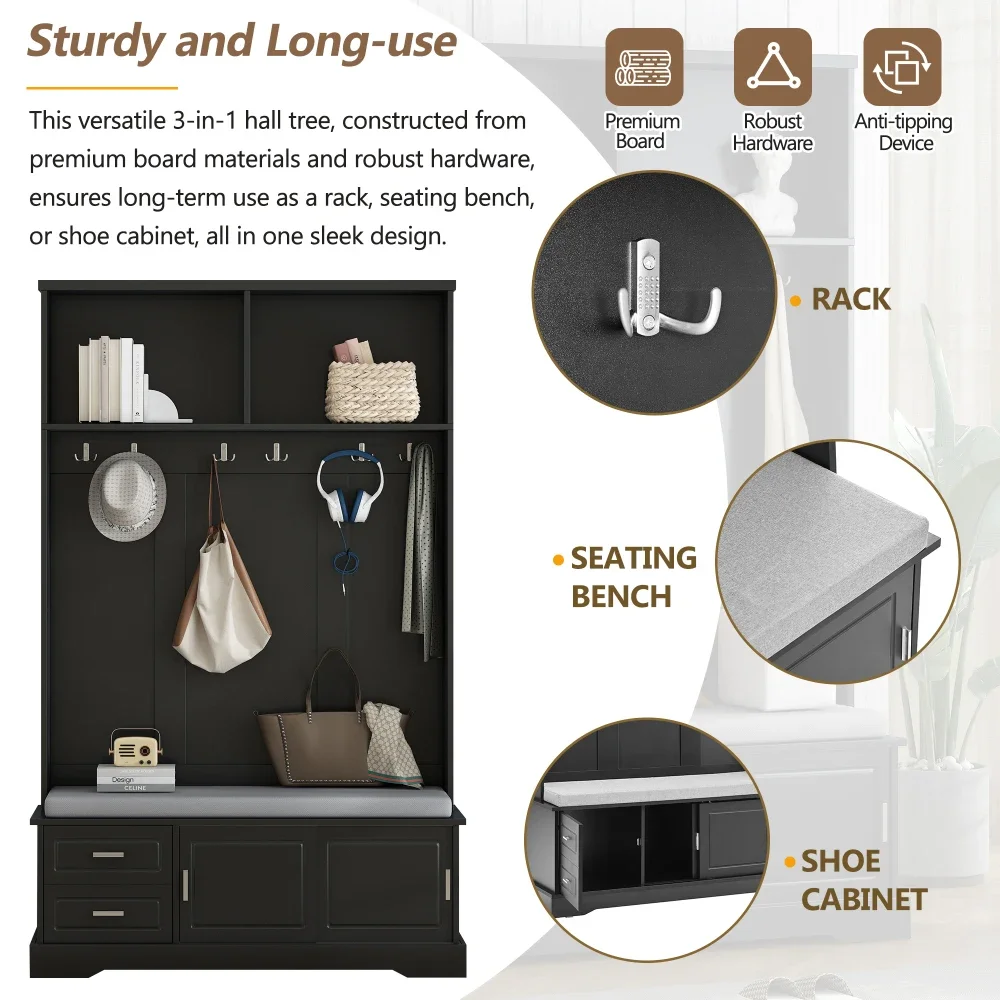
Contemporary
Current interpretations of clean lines reflect today’s design trends:
– Incorporates mixed materials within single pieces (wood with metal, glass with concrete)
– Features organic clean lines rather than strictly geometric forms
– Uses matte finishes alongside selective glossy elements for textural contrast
– Embraces current color trends within a disciplined palette
Contemporary clean-lined design tends to be more flexible and eclectic while maintaining the fundamental principle of visual simplicity.
Creating a Clean-Lined Entryway on Any Budget
Achieving a clean-lined entryway doesn’t require extensive resources. These strategies help you implement this aesthetic regardless of your budget.
Budget-Friendly Approaches
Create impact without significant investment:
– Repurpose existing furniture by removing ornate hardware and applying clean-lined paint treatments
– DIY simple floating shelves using pre-cut wood boards and hidden bracket systems
– Shop affordable retailers that specialize in minimalist designs
– Transform secondhand pieces by removing decorative elements and simplifying forms
With careful selection, even items under $200 can achieve the clean-lined look when chosen for their simple forms and uncluttered designs.
Mid-Range Investments
Strategically allocate moderate budgets for maximum impact:
– Invest in one quality anchor piece (like a well-designed console table or bench)
– Choose quality lighting fixtures that serve as functional art
– Select a distinctive mirror with clean lines as a focal point
– Save on accessories by choosing fewer, more impactful pieces rather than many small items
In the $500-1500 range, focus on quality construction for items that experience the most use, while finding creative solutions for secondary elements.
Luxury Interpretations
For those with larger budgets:
– Invest in high-end materials like book-matched marble, exotic woods, or architectural metals
– Commission custom solutions perfectly fitted to your space
– Select designer statement pieces that exemplify clean-lined craftsmanship
– Integrate smart home technology with hidden components that maintain visual simplicity
Luxury clean-lined design emphasizes exceptional materials and craftsmanship rather than ornate decoration or complexity.
Long-Term Planning
Build your ideal entryway gradually without interim clutter:
– Start with essential structural elements (paint, flooring, lighting)
– Add one quality piece at a time rather than filling the space with temporary items
– Choose neutral foundational elements that can evolve with your style
– Create a visual plan before purchasing to ensure cohesion as you build the space
This patient approach ensures every addition contributes to your clean-lined vision without compromise.
Affordable entryway bench solutions demonstrate that clean-lined design can be accessible at various price points without sacrificing the fundamental aesthetic principles.
Maintenance and Evolution of Your Clean-Lined Entryway
A clean-lined entryway requires ongoing attention to preserve its intentional simplicity. These practical approaches help maintain your design’s integrity over time.
Daily Habits
Implement simple routines to prevent clutter accumulation:
– Create a 5-minute end-of-day reset routine for returning items to their proper places
– Establish a “one-in-one-out” policy for entryway items
– Use decorative containers to quickly corral items that arrive without immediate homes
– Install hooks or designated spots for frequently used items to prevent surface clutter
These small daily habits prevent the gradual entropy that can undermine even the best-designed clean-lined spaces.
Seasonal Refresh Approaches
Update your entryway while maintaining clean aesthetics:
– Rotate minimal seasonal decor that maintains clean forms (branches in winter, single dramatic blooms in spring)
– Adjust textiles seasonally while keeping consistent forms (lighter fabrics in summer, richer textures in winter)
– Switch art or mirrors periodically to create visual change without adding complexity
– Rearrange lighting to address seasonal natural light changes
These refreshes provide novelty while preserving the fundamental clean-lined approach.
Evolution Over Time
Allow your entryway to develop while maintaining its clean aesthetic:
– Update color palettes gradually, maintaining the simplified approach
– Replace individual pieces as your needs change while preserving the overall design concept
– Incorporate new materials that enhance rather than disrupt your established clean lines
– Refine storage systems based on lived experience rather than initial assumptions
This thoughtful evolution ensures your entryway remains both beautiful and functional for years to come.
Common Pitfalls to Avoid
Prevent issues that can disrupt your clean-lined design:
– Resist the urge to fill empty spaces—negative space is a design feature
– Avoid introducing ornate pieces that conflict with the established aesthetic
– Don’t sacrifice functionality for appearance—clean lines should enhance, not hinder, daily life
– Beware of gradual accumulation of small items that collectively create visual clutter
By recognizing these common challenges, you can maintain the integrity of your clean-lined entryway even as life happens around it.
A well-designed entryway with clean lines creates a welcoming transition into your home while setting a tone of intentional simplicity. By applying these principles and solutions, you can create an entrance that feels both sophisticated and livable—a perfect introduction to the rest of your home.

